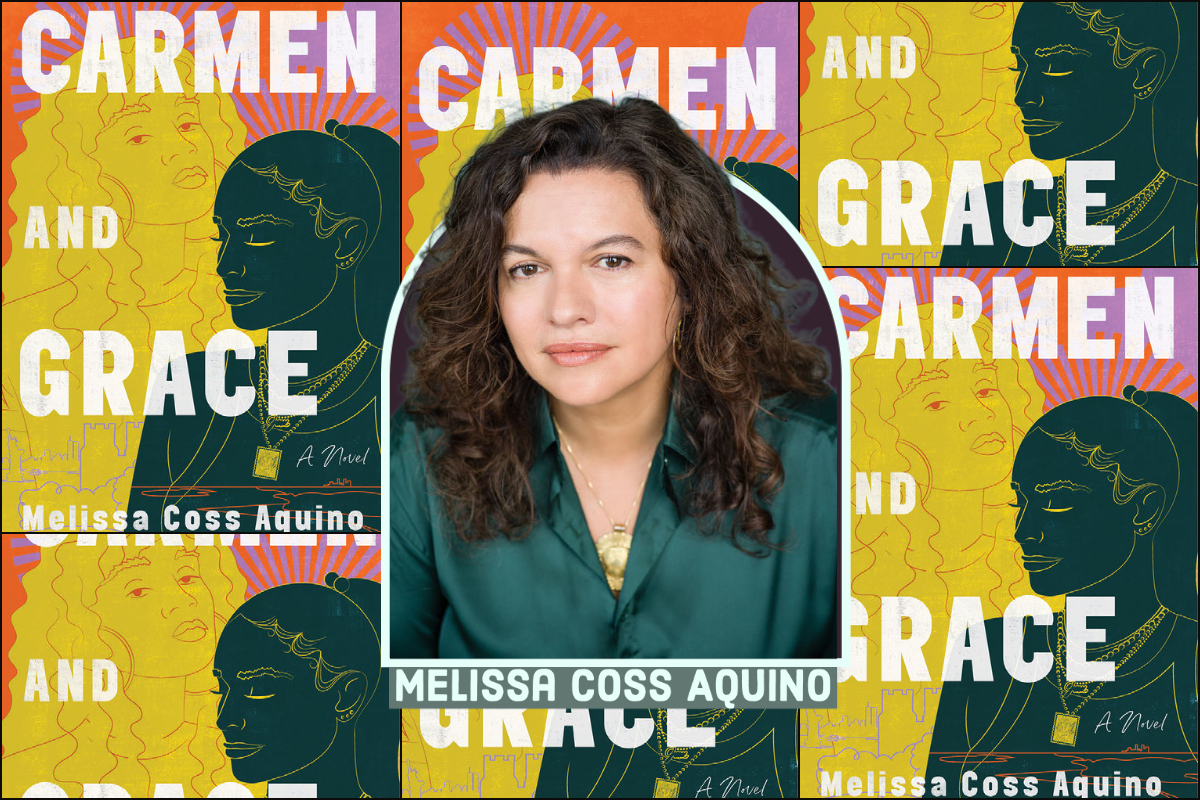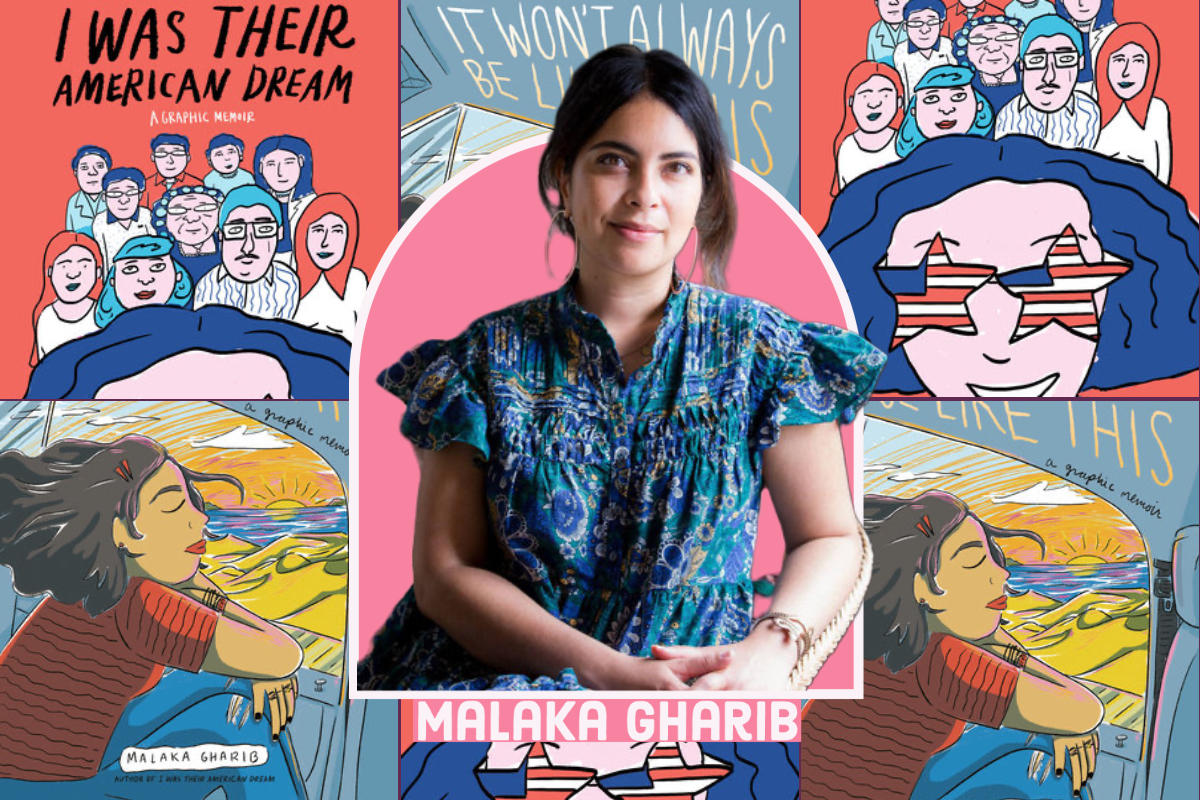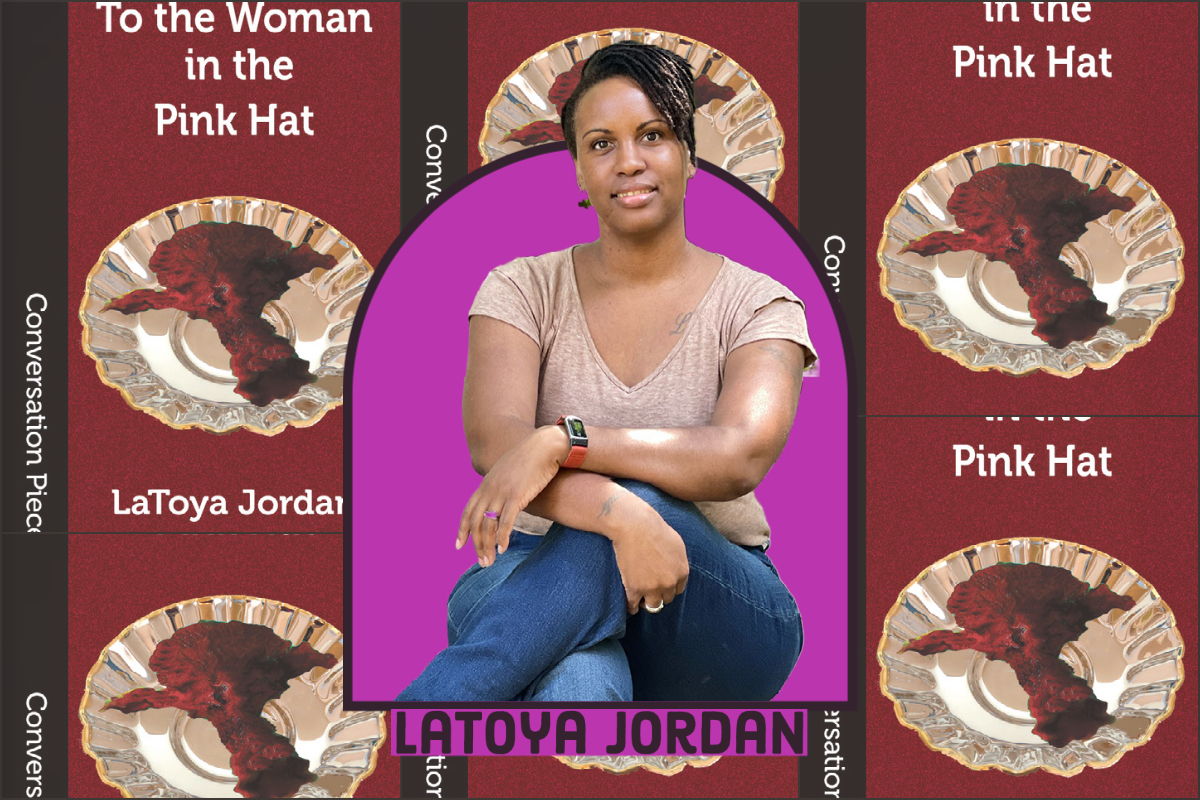The Orca and the Spider: On Motherhood, Loss, and Community
1. Once upon a time, in the Southern Resident community off the coast of the Pacific Northwest, a female orca gave birth to a calf but the baby died within the hour. The mother, known as Tahlequah or J35, carried her dead calf for a number of days, attracting worldwide attention in her spectacle of grief. More than a week passed and Tahlequah showed no signs of letting go, but as she became weaker the other female orcas in her pod took turns carrying the dead calf in a stunning display of maternal support and community. This was no mere gesture. The calf weighed 400 pounds, and it’s estimated that the orca pod swam around 1,000 miles during what came to be known as the “grief tour.” Millions of people around the world empathized with Tahlequah and responded by creating essays, poems and artwork. We are naturally captivated when animals act in ways that seem to fit a human narrative; we instinctively project our own emotions onto other species. Orcas may actually be worthy of …





